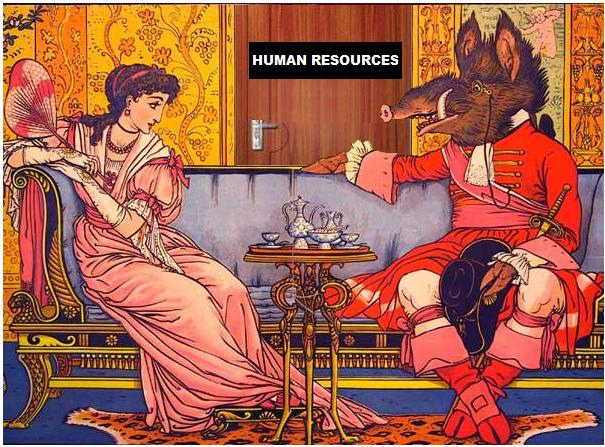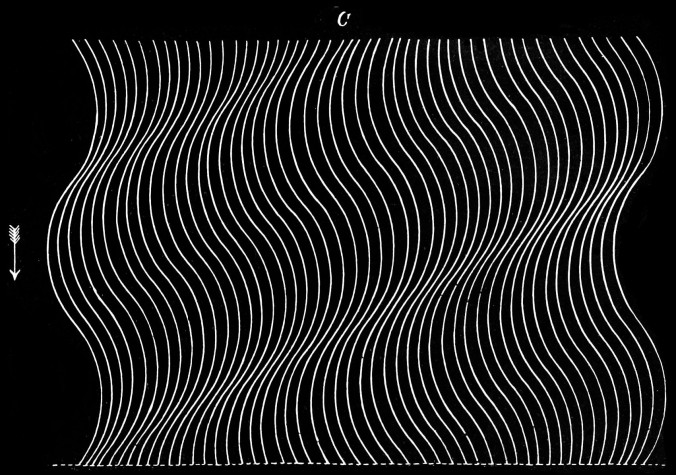What are the affordances of blogging? Or in other words, what are the specific and unique attributes of blogs? This was the key question brought up at this weeks lecture by Rachel Wilson, and it’s an extremely important question given that the answer contains what motivated the course to encourage blogging in the first place. Before we look at the affordances of blogs, let’s first look at common features of blogs and how these features add to the overall abilities and impacts of blogging.
Common features of blogs:
- Blog name: personalisation, communication of potential topics and overall vibe.
- Blog roll: links to outside blogs, creates community connections and directs viewers to specific spaces.
- Post heading: personalisation, communication of potential topic and vibe.
- Categories: organisation of ideas, defines key topic areas.
- Date & time stamp: lends itself to connection between producer and viewer.
- Archived by date: lends itself to documenting process and progress.
- Ordered reverse chronologically: up-to-the-minute info, encourages viewers to check the blog regularly.
Affordances of Blogs:
- Comments & Interlinking: encourages relationships between content producers and content viewers, allows for sharing of information and expansion or diversion of topics.
- Networking & Connection: a space for peer support, learning & interactivity.
- Range of voices: professional, personal, informal, scholarly. Promotes personalisation and freedom of expression.
- Up-to-the-minute info: lends itself to exploring daily topics, current ideas and new inspirations. Encourages faster and greater engagement between producer and viewer.
- Brief posts: encourages higher post rate and greater engagement with each post.
- Content Control & Freedom: posts can be as silly and specific or as broad and meaningful as the poster desires. Encourages exploration of non-typical topics, extraordinary ideas and alternative thought.
- Document progress: record of achievement, literal time capsule of ideas, tastes, thoughts, inspirations and work.
- Multiliteracy development: complexity of the medium, lends itself to complexity of understanding and engagement.
- Embedding: link ideas, inspirations, references influences through various mediums such as images, texts, sounds, videos etc. Encourages audience engagement, greater audience understanding and adds vibrancy and personality to a post.
- Accessibility: Accessable to anyone with an internet connection, boosts potential impact and overall versatility.
Keeping the affordances of blogs in mind, will ultimately lead to better blogging, as the affordances of blogs are what make blogging dynamic and impactful.
Catch you later, Louise Alice Wilson













Recent Comments